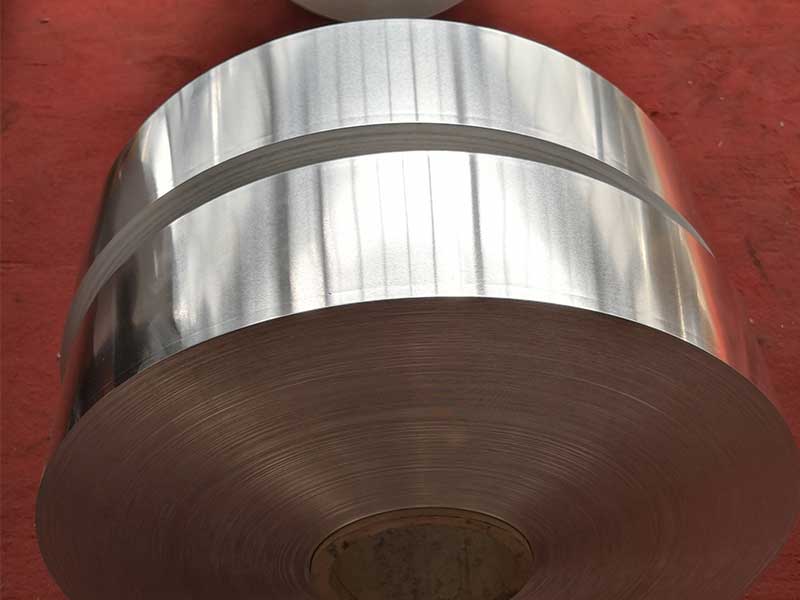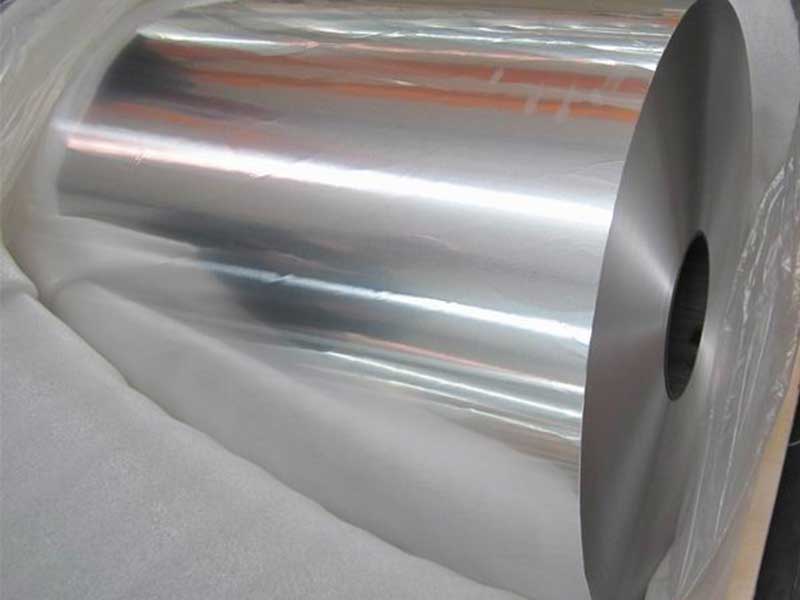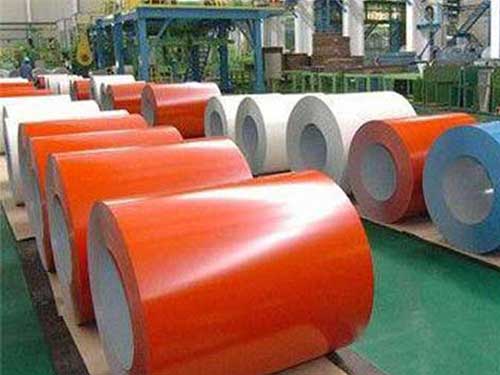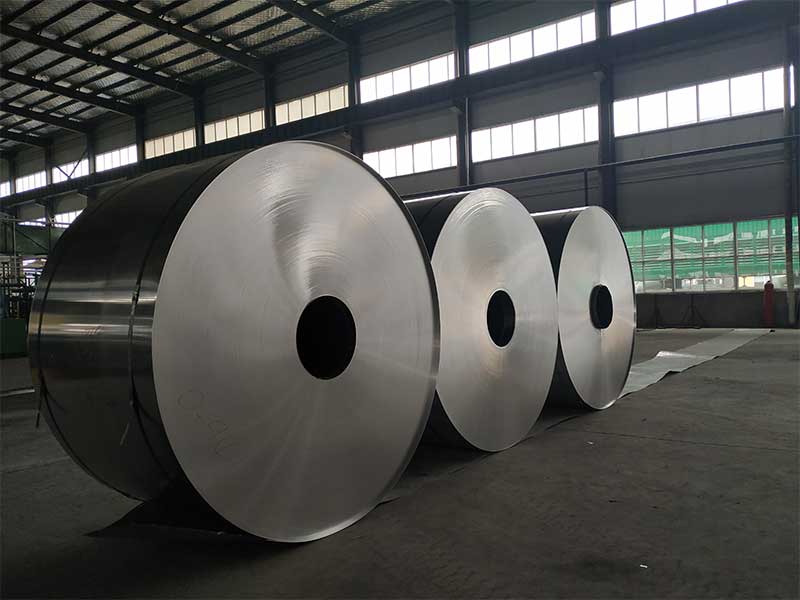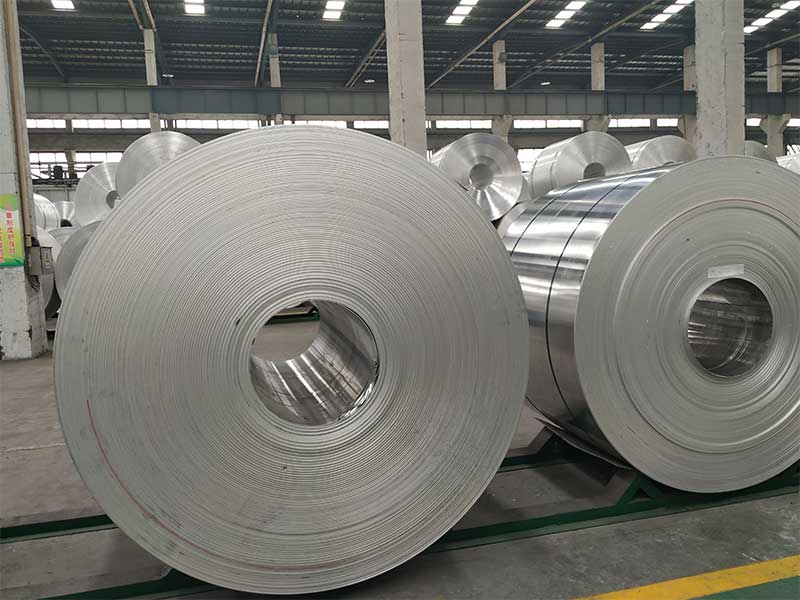1050 1100 3003 3004 Aluminium Coil
the Versatility of 1050, 1100, 3003, and 3004 Aluminium Coils: Functions and Applications
Aluminium coils have become indispensable in numerous industries due to their lightweight, corrosion resistance, and excellent formability. Among the vast variety of aluminium alloys, the 1050, 1100, 3003, and 3004 aluminium coils stand out, each offering unique properties that cater to specific industrial needs. their distinctive technical attributes and practical functions can help industries select the perfect material to optimize performance and efficiency.
Technical Characteristics and Advantages
1050 Aluminium Coil: Part of the 1xxx aluminium series, 1050 is known for its high purity — possessing an aluminium content of 99.5%. This purity imparts outstanding corrosion resistance and excellent thermal and electrical conductivity, alongside superb workability. The 1050 aluminium coil is soft and highly ductile, making it perfect for processes that require easy bending and shaping without cracking.
1100 Aluminium Coil: Similar to 1050, 1100 aluminium coil also belongs to the 1xxx series but offers slightly higher strength due to trace amounts of copper. This alloy combines excellent corrosion resistance with good formability and weldability. With these traits, it's widely used for applications needing moderate strength without compromising its malleability.
3003 Aluminium Coil: The 3003 aluminium coil is an alloy from the 3xxx series, enriched with about 1.2% manganese, improving its strength significantly compared to the 1xxx series. It balances good corrosion resistance with superior workability and toughness. 3003 coils are widely used where durable yet aesthetically appealing surfaces are essential.
3004 Aluminium Coil: Close to 3003 but with added magnesium (~1.2–1.5%), the 3004 aluminium coil possesses higher strength and corrosion resistance. It suits slightly more demanding applications such as roofing, siding, and mobile home panels, where resistance to more harsh environmental factors is beneficial.
Functions and Applications
1050 and 1100 Aluminium Coils: Due to their high purity, these coils excel in electrical and chemical industries. Their superior conductivity makes 1050 and 1100 coils ideal for electrical cables, transformers, and capacitors. Additionally, they serve in food & beverage handling due to their non-toxic and corrosion-resistant nature, often utilized for packaging materials such as foils and containers.
3003 Aluminium Coil: Thanks to its balanced strength and enhanced corrosion resistance, 3003 aluminium coil enjoys extensive use in building and construction. It is perfect for roofing sheets, gutters, and cladding owing to its durability and appealing surface finish. The automotive sector also leverages 3003 coils for fuel tanks and other stamping parts. Moreover, household appliances including washers, dryers, and ovens frequently incorporate automotive shaped parts made from 3003 aluminium coils.
3004 Aluminium Coil: With superior mechanical properties and corrosion resistance, the 3004 coil is frequently used in manufacturing siding panels, mobile homes, and roofing materials where extended exposure to environmental stress exists. Its alloy structure allows exceptional formability making it suitable for complex bends and molds in architectural designs. It is also resistant to dents and damages, increasing the practicality and longevity of products.
Why These Aluminium Coils Matter?
When selecting an aluminium coil for industrial applications, these alloys’ technical and functional distinctions helps achieve greater product reliability and longevity. For instance, choosing 1050 over 3003 in packaging enhances hygroscopic protection but sacrificing some strength. Alternatively, employing 3004 ensures endurance under harsher conditions without clearance issues during finishing or forming thanks to its flexible properties.
Working with 1050, 1100, 3003, and 3004 aluminum coils daily reveals distinct processing characteristics crucial for optimal product output. The 1050 and 1100 alloys, being commercially pure aluminum, are incredibly soft and ductile, making them easy to form but prone to scratching and marring during handling and fabrication. This necessitates careful attention to tooling and handling procedures, especially during processes like deep drawing or stamping. Conversely, the 3003 and 3004 alloys, strengthened by manganese additions, offer superior strength and formability compared to the 1000 series, but are more susceptible to work hardening. This means careful control of forming parameters is needed to prevent cracking or premature failure, potentially requiring intermediate annealing steps to maintain ductility throughout the production process. the inherent differences in these alloys is to optimizing production efficiency and minimizing waste.
Furthermore, subtle variations within the same alloy designation, often related to temper (e.g., O, H14, H18), significantly impact processing. A coil of 3003-H14 will behave differently than a 3003-O coil, requiring adjustments to forming pressures, speeds, and tooling designs. Experience shows that neglecting these nuances can lead to inconsistencies in final product quality. For example, insufficient annealing of a work-hardened 300
https://www.al-alloy.com/a/1050-1100-3003-3004-aluminium-coil.html


